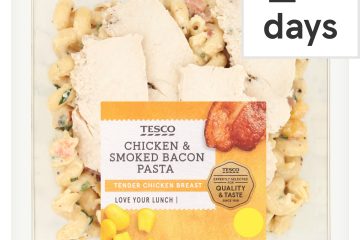The Importance of PL (Private Label) Brands in Retail

Introduction
Private label (PL) brands are becoming increasingly significant in the retail sector, offering retailers a competitive edge while providing consumers with more choices at potentially lower prices. The dynamics of consumer purchasing preferences are shifting, highlighting the need for retailers to adapt to these changes by expanding their PL offerings. This article delves into the rise of PL brands, their implications for both retailers and consumers, and the trends shaping the future of this market.
Understanding Private Labels
Private label products are those branded by a retailer and sold exclusively at their stores. These items are often produced by third-party manufacturers but carry the store’s branding. According to recent reports, PL brands account for approximately 20% of market share in major grocery sectors across the UK, a number that continues to rise as consumers seek value for money.
Recent Trends in PL Growth
Several factors contribute to the increasing popularity of PL brands. First, the ongoing economic challenges and rising living costs have prompted consumers to seek more cost-effective alternatives to national brands. A 2023 survey indicates that 60% of shoppers are now inclined to purchase PL products over brand names primarily for their affordability.
Additionally, businesses are investing more in the quality of their PL offerings. Retailers like Tesco, Aldi, and Marks & Spencer have enhanced their PL ranges by collaborating with trusted manufacturers to ensure that quality matches or surpasses that of well-established brands. Innovations in packaging and marketing have also played a crucial role in capturing consumer attention.
Impact on Retailers and Consumers
The increase in PL products allows retailers to control pricing and profit margins more effectively, as manufacturing costs can often be lower than for branded goods. Moreover, as more consumers opt for PL options, it compels national brands to either reduce their prices or improve their product quality to remain competitive.
Consumers benefit from these changes too, as the rise of PL leads to a wider selection of products, often at lower prices. However, it is essential to note that not all consumers view PL products equally – some still prefer the perceived quality and status associated with name-brand products.
Conclusion
In conclusion, PL brands are poised for continuous growth, driven by changing consumer preferences and economic factors. With the emphasis on quality, affordability, and unique offerings, retailers can leverage PL to stand out in the competitive retail landscape. It is crucial for both retailers and consumers to navigate these shifts carefully, as the significance of PL continues to redefine the future of shopping. As we move forward, monitoring these trends will be essential for understanding the evolving retail marketplace.









